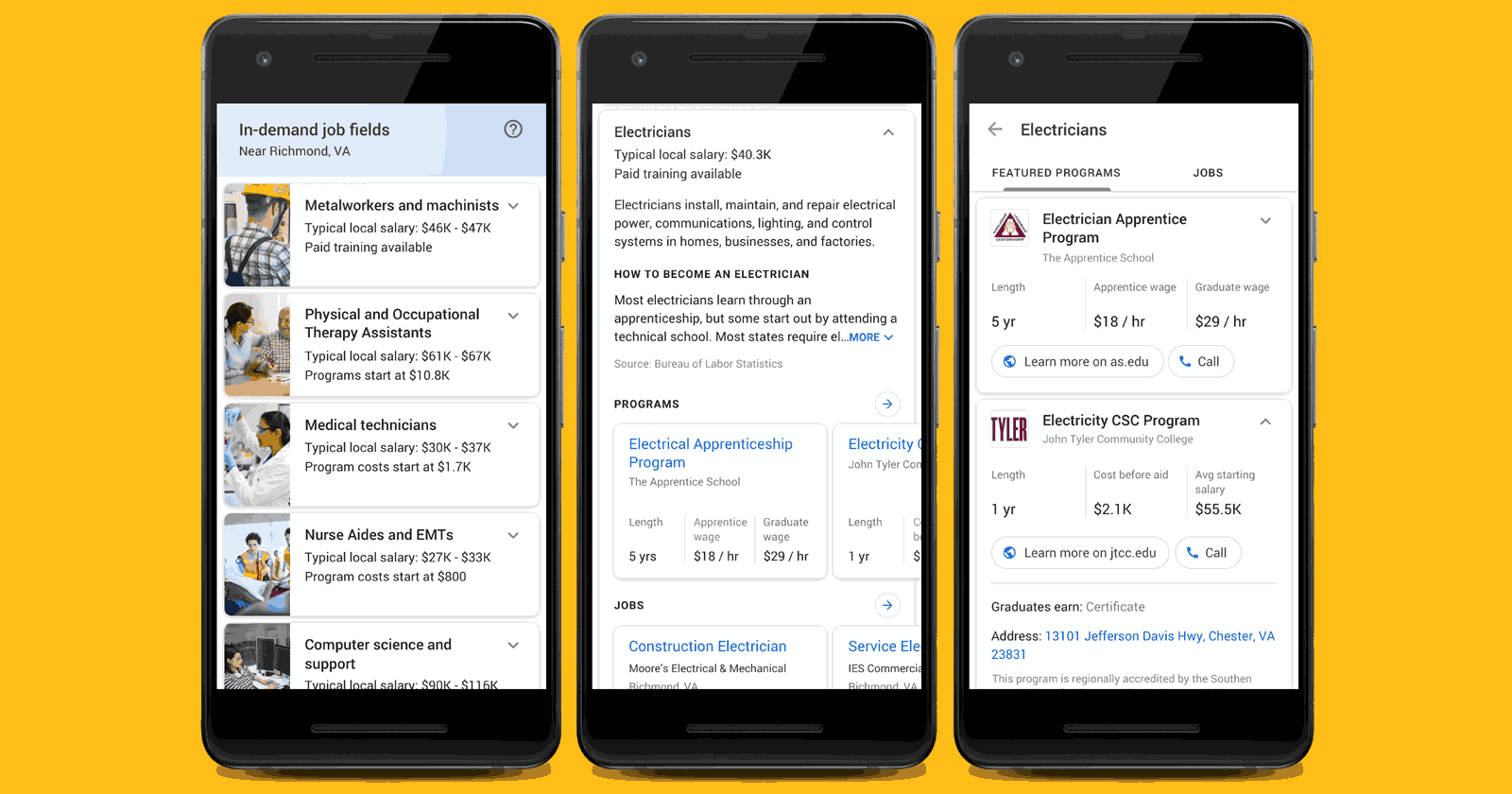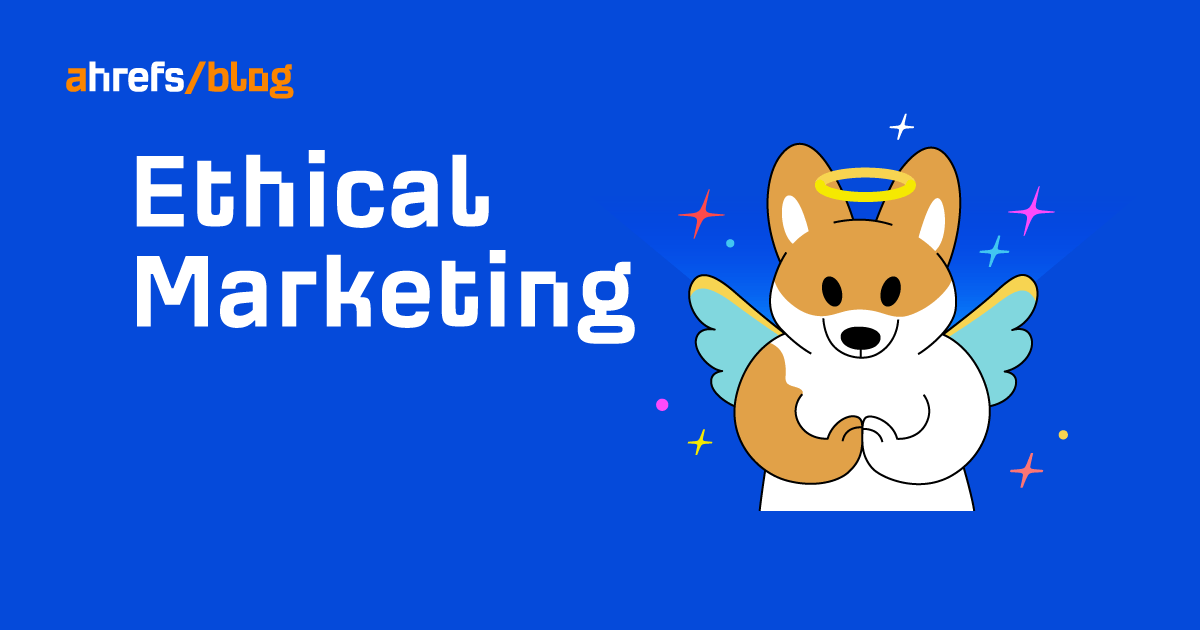SEO OKRs: Driving Performance & Measuring Impact
The objectives should be clearly defined. Some people prefer the SMART framework to make sure their goals are specific, measurable, achievable, relevant, and time-bound. Key results are how you track your progress against your objective. Goals are usually set...

Objectives and Key Results (OKRs) are a popular goal-setting framework. It helps SEOs define and measure the success of their projects, teams, and individual SEOs. The objectives should be clearly defined. Some people prefer the SMART framework to make sure their goals are specific, measurable, achievable, relevant, and time-bound. Key results are how you track your progress against your objective. Goals are usually set at a few levels. You usually have company, team, and individual goals. You generally want to align any OKRs with company goals, and I also like to align with SEO tactics that I know have value and will have an impact. Let’s look at some examples of SEO OKRs. Many general SEO OKRs are around awareness, reporting, and proving the value of SEO. Check out our post on enterprise SEO for some ideas on how to get more buy-in. Our posts on website migrations and SEO for mergers and acquisitions will be helpful here. You can find more ideas in our post on enterprise SEO metrics and reporting. OKRs for content typically involve creating or updating content. Our post on SEO forecasting can help you create the forecast. See our guides on video SEO and programmatic SEO to help guide you with those tasks. Check out our guide on enterprise content marketing for more on how to do these tasks and additional opportunities. Check out our guides on international SEO and hreflang for more info on how to be successful at SEO in international markets. Link building can be difficult for enterprise SEOs. Check out our guide on enterprise link building for some tips and more project ideas. See our guides on link reclamation, unlinked mentions, and link outreach for the steps. Check out our guide to internal linking for more ideas. Technical SEO can really have an impact in an enterprise environment. One fix can be worth millions of dollars, or one mistake could cost millions. See our posts on Core Web Vitals and mobile SEO for the processes. We cover many of these in our guide to enterprise technical SEO, and it has more ideas that might inspire some additional OKRs. See our guides on schema markup and image SEO for more details. OKRs are a good way to make sure the goals of SEOs are aligned with the overall goals of your company.Objective: Increase organizational awareness and buy-in of SEO
Key result 1: Conduct SEO training sessions for eight of the core product, content, and web dev teams in the next quarter.Key result 2: Establish a repository that has documentation for SEO best practices in the next six months.Key result 3: Promote SEO successes from each team to get other teams to adopt (ongoing).Key result 4: Connect SEO results to revenue in the next six months in order to prove the value in reporting.Objective: Unify brand experience
Key result 1: Define SEO best practices for a unified design system in the next two months.Key result 2: Consolidate content into one main content management system in the next year.Key result 3: Migrate three acquisitions per quarter onto the main website while maintaining traffic levels.Objective: Improve SEO reporting to help with data-driven decisions
Key result 1: Create competitor scorecards to measure yourself against competitors.Key result 2: Create Business Unit (BU) scorecards to measure and monitor the progress of different BUs.Key result 3: Connect SEO results to revenue to prove the value in reporting.Objective: Increase revenue from organic for the top 20 products by 10% this quarter
Key result 1: Put together a content plan with topics around each of the top 20 products.Key result 2: Use SEO forecasting to estimate the traffic and revenue opportunity.Key result 3: Work with content writers to create 50 pieces of content on those topics.Key result 4: Update 30 pieces of existing content to improve rankings and visibility.Objective: Look for other opportunities to drive brand awareness beyond the blog
Key result 1: Create 15 videos around core topics and publish them to our YouTube channel.Key result 2: Create product comparison pages that compare our offerings vs. major competitors. These could also include alternative pages where we list our offering.Key result 3: Use our data to create 2,000 programmatic pages in the next six months to show the value of our data and platform.Key result 4: Create free versions of 10 of our tools in the next 3 months so users can try them, and rank those pages for key features.Objective: Update 30 pieces of content to get additional market presence for core terms
Key result 1: Identify content with declining traffic and opportunities to improve these pages.Key result 2: Look for low-hanging fruit keywords where you can add a bit of additional information to a page to make it rank better.Key result 3: Optimize for featured snippets to capture five more featured snippets.Objective: Boost international market presence
Key result 1: Translate successful content into other languagesKey result 2: Implement hreflangObjective: Reclaim lost link value
Key result 1: Recover the lost value of 3,872 referring domains through redirects using a link reclamation process.Key result 2: Turn 35 unlinked brand mentions into links through outreach.Objective: Increase average order/customer value
Key result 1: Add and link related products in a widget to upsell and cross-sell existing products.Key result 2: Add internal links from relevant informational content to product pages.Objective: Improve user experience on pages related to the top 30 offerings
Key result 1: Have 80% of main pages pass Core Web Vitals within six months.Key result 2: Ensure 95% of pages are mobile-friendly within six months.Objective: Be proactive identifying issues instead of reactive
Key result 1: Work with developers to set up unit testing and/or crawling of the staging site to catch issues before they go live.Key result 2: Create a sampled list of pages from different CMSs and templates and crawl them daily to identify new issues as fast as possible.Key result 3: Establish a process for crawling after any release.Key result 4: Switch from weekly/monthly crawls to always-on crawling with alerts to identify issues faster. (We’ll have this in Site Audit soon)Key result 5: Set up a dashboard with daily visibility updates for top pages and keywords to catch ranking issues sooner.Objective: Increase visual real estate in the SERP
Key result 1: Implement product schema and set up a merchant center feed to gain visibility in Shopping results on the SERP.Key result 2: Optimize images to capture more visibility in image packs.Key result 3: Add event markup to event pages to promote our events.Key result 4: Add schema for job postings and submit new jobs via the Google indexing API.Final thoughts

 JaneWalter
JaneWalter 
































